WIPO China: GII Science and Technology Clusters – China now home to greatest number
All of the world's five biggest science and technology (S&T) clusters are now located in East Asia, with Tokyo-Yokohama leading the ranking and China emerging as the country with the greatest number of clusters, according to an early release from the 2023 edition of WIPO's Global Innovation Index (GII).
Each year, the GII ranks the top-level innovative capacity of countries and economies around the world. In a pre-release ahead of a September 27, 2023 launch, the Global Innovation Index (GII) "S&T Cluster" ranking identifies local concentrations of world-leading science and technology activity.
Tokyo-Yokohama (Japan) leads as the largest global S&T cluster, followed by Shenzhen-Hong Kong-Guangzhou (China and Hong Kong, China), Seoul (Republic of Korea), followed by China's Beijing and Shanghai-Suzhou clusters.
All five top clusters are in East Asia, with the San Jose-San Francisco cluster in the US at number six.
"Science and technology clusters are among the most-critical components for the innovation performance of any economy. By bringing science, businesses and entrepreneurs together, these cities or regions are able to build an ecosystem that translates scientific ideas into on-the-ground impact. It is also heartening to see that these S&T clusters are growing at a particularly fast pace in emerging economies," said WIPO Director General Daren Tang.
The Cambridge cluster in the United Kingdom and San Jose-San Francisco, CA in the United States are found to be the clusters with the most intensive S&T activity, in proportion to population density, followed by Oxford (UK), Eindhoven (Netherlands) and Boston–Cambridge (US).
In other findings, this year, the GII identifies 24 S&T clusters in China, up from the 21 last year, as the country boasting the greatest number of clusters, with Shenzhen–Hong Kong–Guangzhou, Beijing, Shanghai–Suzhou, and Nanjing leading.
The US has 21 among the top 100, Germany nine, and Japan, Canada, India and the Republic of Korea each have four, with San Jose–San Francisco leading for the US, Munich for Germany, Tokyo-Yokohama for Japan, Toronto for Canada, Bengaluru for India, and Seoul for the Republic of Korea.
S&T clusters located in other middle-income economies besides China also saw strong S&T output growth, notably in India which has four top S&T clusters, with Chennai and Bengaluru experiencing the biggest increases in density of inventors and scientific authors.
S&T clusters in certain emerging economies grew at a particularly fast pace, including Brazil, India, Türkiye and, beyond the top 100, in Argentina, Egypt, Thailand and others.
About GII Science and Technology Clusters
Science and technology clusters are established through the analysis of patent-filing activity and scientific article publication, documenting the geographical areas around the world with the highest density of inventors and scientific authors.
WIPO locates and ranks science and technology clusters through a geocoding method, mapping addresses and names pulled from documents to a 96 percent accuracy.
The GII science and technology clusters are one element in the larger GII, which takes the pulse of the most recent trends in global innovation. The report ranks the innovation ecosystem performance of economies around the globe each year, while highlighting innovation strengths and weaknesses and particular gaps in innovation metrics. To capture as complete a picture of innovation as possible, the GII comprises around 80 indicators, including measures on the political environment, education, infrastructure and knowledge creation of each economy.
The GII can be used to monitor performance and benchmark developments against economies within the same region or income group classification.


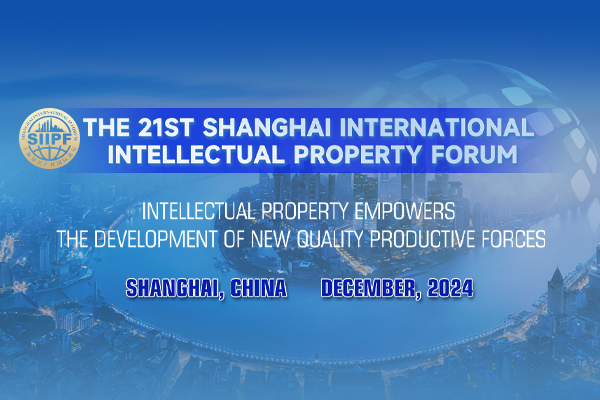 The 21st Shanghai International Intellectual Property Forum
The 21st Shanghai International Intellectual Property Forum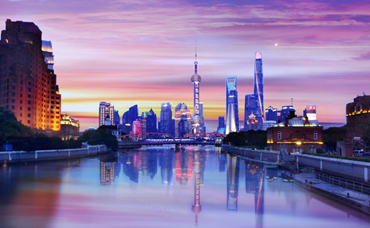
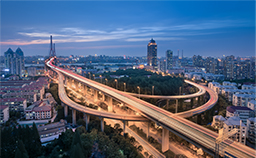
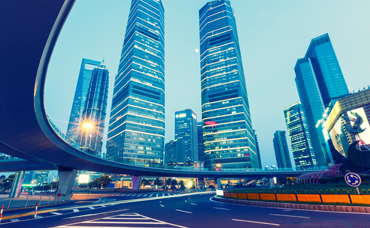
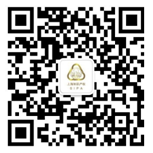 WeChat
WeChat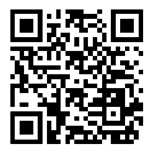 Weibo
Weibo